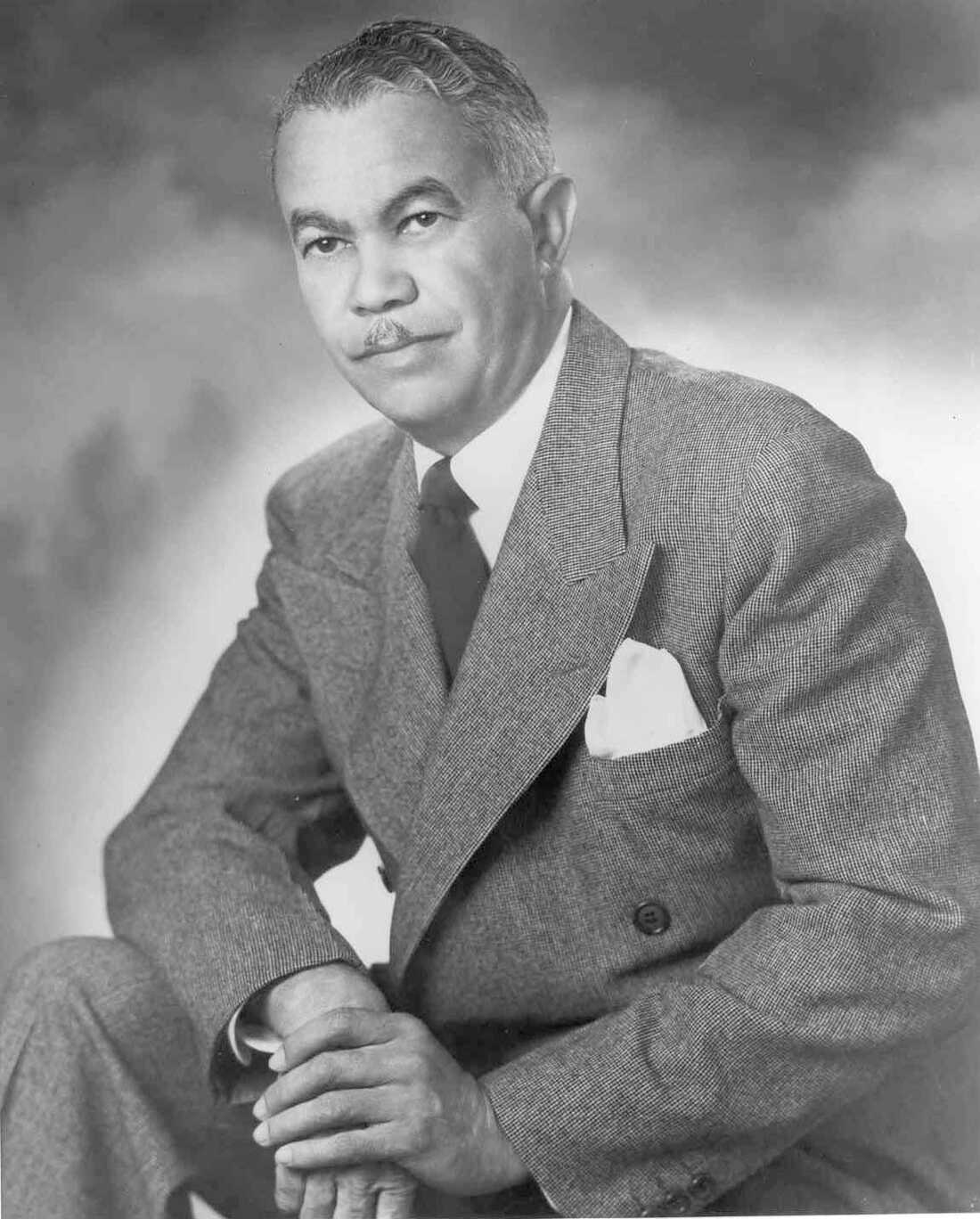A trailblazing African American architect, Paul Revere Williams’ extraordinary career transcended racial boundaries and revolutionised American architecture.
Williams made a lasting impression on the business by creating residences for Hollywood’s elite and shaping the skyline of Los Angeles. He is renowned for his distinctive designs, adaptability, and elegance.
This article reviews his early years, groundbreaking achievements, and lasting impact on architecture.
Background and Path to Architecture

On February 18, 1894, Paul Revere Williams was born in Los Angeles, California. He was raised by foster parents in a mostly white neighbourhood after becoming an orphan at the age of four. At a young age, Williams became passionate about architecture despite experiencing racial persecution.
- Education: He attended Los Angeles Polytechnic High School and later studied architectural engineering at the University of Southern California (USC).
- Breaking Barriers: In 1923, Williams became the first African American licensed architect in California, an extraordinary achievement during the era of segregation.
Williams performed exceptionally well despite pervasive racism; in fact, he frequently drew upside-down during client meetings since some white clients felt uneasy sitting next to him.
Groundbreaking Works and Architectural Style
Williams was renowned for his wide range of architectural designs, which included Art Deco, Mediterranean Revival, Colonial, and Modernist. He was a favourite with Hollywood stars, companies, and organisations because of his ability to combine style and functionality.
1. Luxury Homes for Hollywood’s Elite
Williams designed homes for some of the biggest names in entertainment, including:
- Frank Sinatra
- Lucille Ball & Desi Arnaz
- Barbara Stanwyck
- Cary Grant
2. Iconic Buildings and Commercial Projects
Williams was more than just a residential architect; his public and commercial projects revolutionised Los Angeles and beyond. Among the noteworthy projects are:
- Beverly Hills Hotel (Renovation): Designed the iconic pink-and-green colour scheme still associated with the hotel today.
- Theme Building at LAX (Los Angeles International Airport): A futuristic design that became an iconic symbol of mid-century modern architecture.
- Hollywood YMCA & Saks Fifth Avenue (Beverly Hills)
3. Civic Contributions
Williams also contributed to major civic and institutional projects, including:
- UCLA’s Botany Building
- Los Angeles County Courthouse
- St. Jude Children’s Research Hospital (alongside Danny Thomas)
Challenges and Triumphs
Throughout his career, Williams faced racial discrimination in an industry dominated by white architects. Many clients doubted a Black architect’s abilities, and some firms refused to hire him.
However, he overcame these barriers through exceptional skill, professionalism, and perseverance, becoming:
- The first Black member of the American Institute of Architects (AIA) in 1923.
- The recipient of AIA’s highest honour, the Gold Medal, posthumously in 2017—making him the first Black architect to receive this award.











